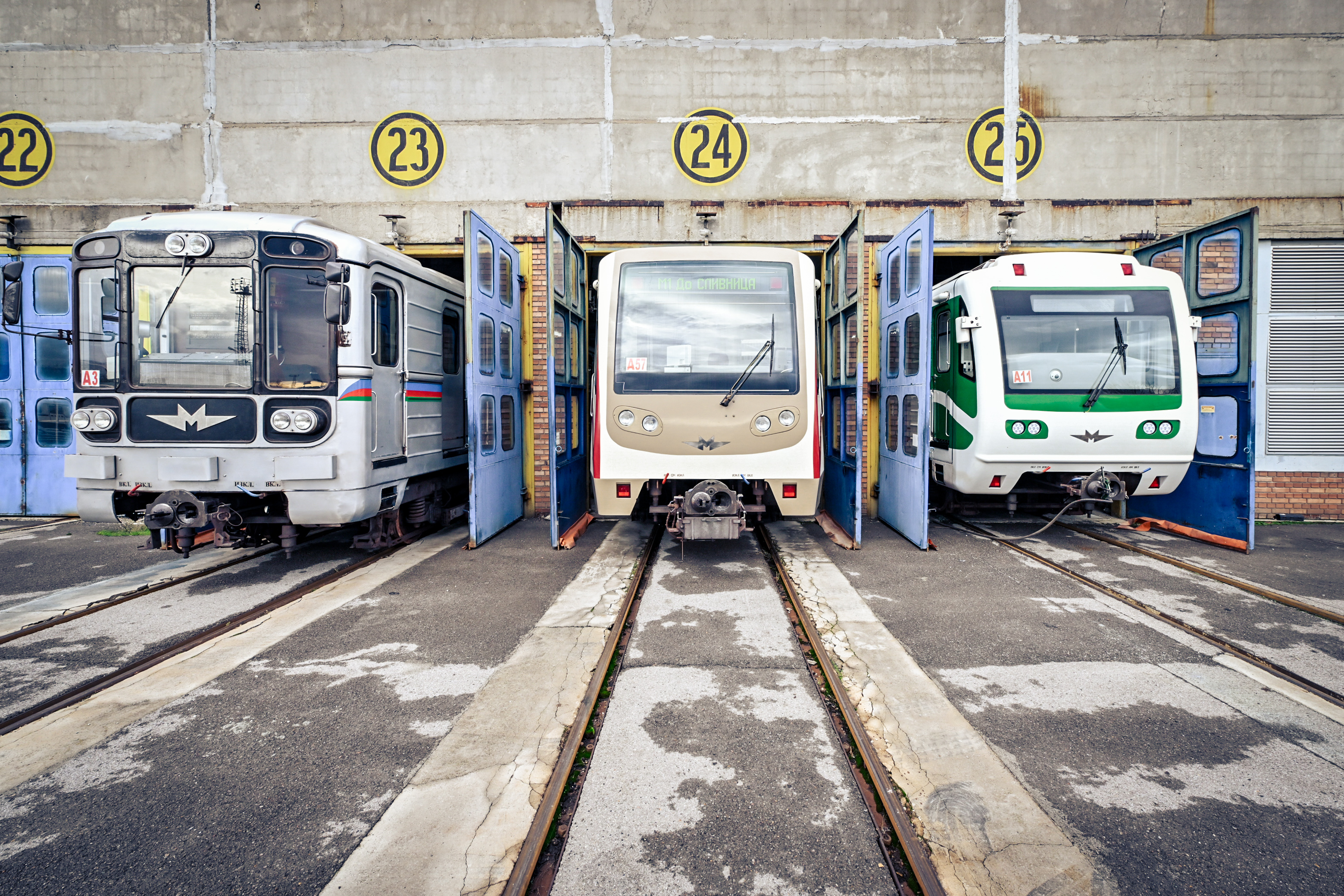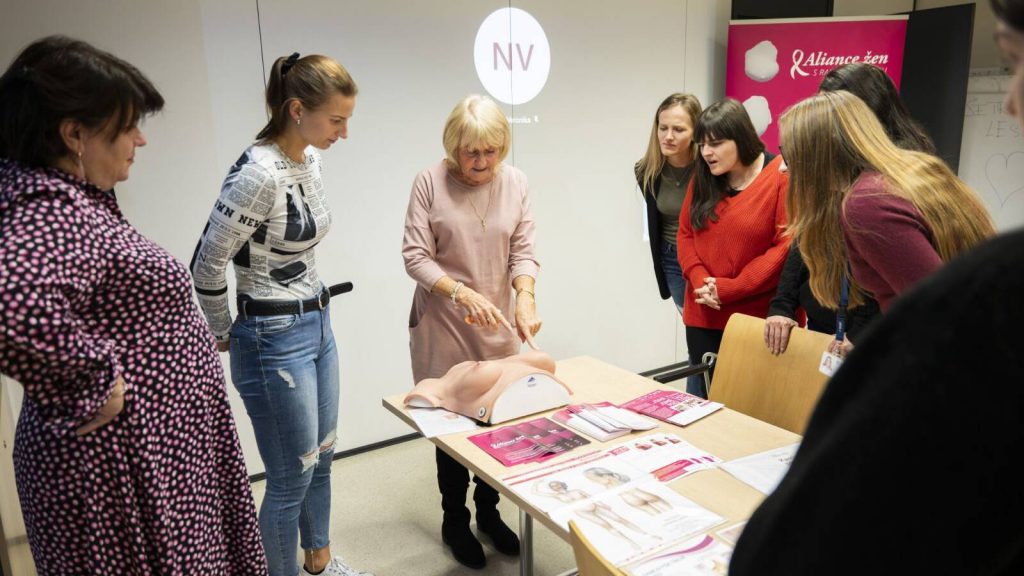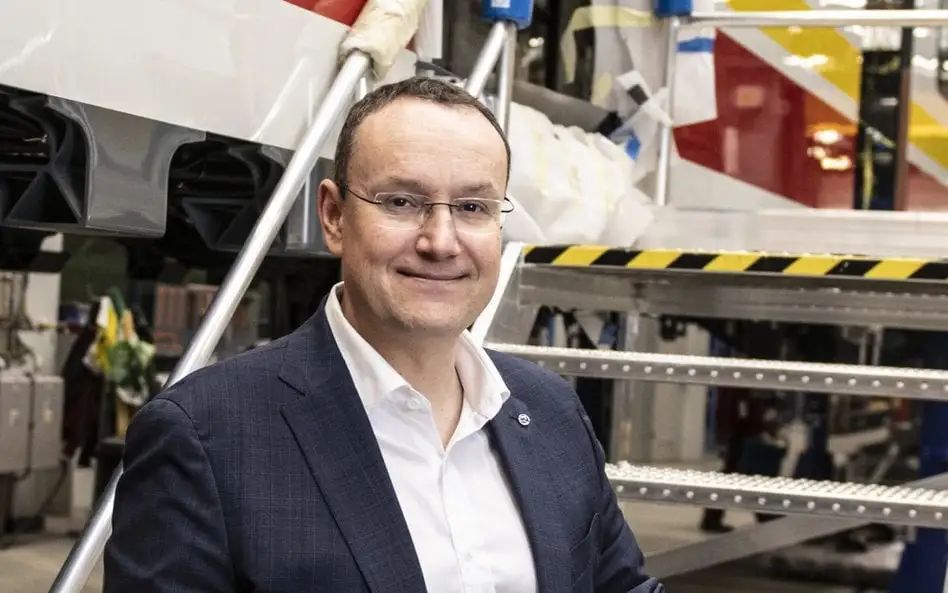Contact for media
21. 11. 2025
Mayor of Sofia Vassil Terziev presents the first of Sofia’s new metro trains

20.11.2025 the Mayor of Sofia, Vassil Terziev, presented the first of the eight new Škoda metro trains that will modernize the rolling stock of the Sofia Metro from mid-2026. The event was attended by the CEO of “Metropolitan” EAD, Nikolay Naydenov, representatives of Škoda Group, as well as His Excellency the Ambassador of the Czech Republic to Bulgaria.
“The improvement of Sofia’s transport model is among the key priorities for my team. The new metro trains we are presenting today are an important step toward a more modern, more European and more sustainable urban mobility system. This is part of our long-term effort to upgrade infrastructure, apply best practices and ensure that travelling in Sofia is comfortable, reliable and predictable,” Terziev stated.
He emphasized that, while one of the largest metro expansions in Sofia’s history is underway, modernizing the train fleet is critical to ensuring safe and high-quality service for the expanding network.
Škoda Group representatives also expressed satisfaction with the partnership and their long-term commitment to the modernization of the Sofia Metro.
Olesya Lachi, Vice President for Southeast Europe at Škoda Group, noted:
“Presenting the new metro trainset for Sofia is an important step that demonstrates our long-term commitment. Together with city of Sofia and Metropolitan, we are bringing the city’s residents safer, more comfortable and more sustainable mobility. We are proud to be part of the future of Sofia’s public transport”.
What the new trains offer
The new trainsets will replace the oldest Russian-made trains currently operating on lines 1, 2, and 4. They will also allow for shorter intervals on Line 2 after the opening of the new “Pancho Vladigerov” station, located between “Slivnitsa” and “Obelya”.
After the completion of tests in the Czech Republic, the second and third trains will arrive in Bulgaria by the end of 2025 for real-world trials. The same procedure will apply to the remaining five trains. The eighth and final train will be delivered in May 2026, at which point the phased introduction of the new fleet into service will begin.
Technical specifications
Each new train consists of four interconnected carriages forming a fully walk-through interior with no internal barriers, allowing passengers to move freely along its entire length. The composition is 71.8 meters long, weighs 116.3 tonnes, and reaches a design speed of 90 km/h—ensuring fast and efficient service even during peak hours.
One train can accommodate up to 762 passengers, with designated spaces for people with disabilities, strollers and bicycles—meeting modern accessibility standards. The interior features a next-generation air-conditioning system designed to provide comfort in all seasons. To enhance safety, each train is equipped with a modern CCTV system recording to a non-volatile module that stores data for at least 20 days.
The project for the delivery of the eight trainsets is valued at 68.5 million euro and is being implemented through an open public procurement procedure by “Metropolitan” EAD.
Partnership and shared responsibility
The presentation of the new trains is the result of sustained cooperation and coordinated efforts between Sofia Municipality, “Metropolitan”, Škoda Group, national institutions and diplomatic partners. The Mayor emphasized that a project of this scale can only happen when all stakeholders work together toward a more reliable, more modern and more accessible transport service for residents.
He also highlighted that public transport is a shared responsibility between the municipality and the state, and that lasting progress requires long-term partnership, technical expertise and strategic planning. He acknowledged the crucial role of the team of the Transport and Urban Mobility Department and Deputy Mayor Viktor Chaushev, whose leadership and consistency are driving the process forward.
In his address to the media, the Mayor stressed that positive examples and tangible progress must be part of the public discourse, because it is through them that citizens can feel real change in their everyday environment.





